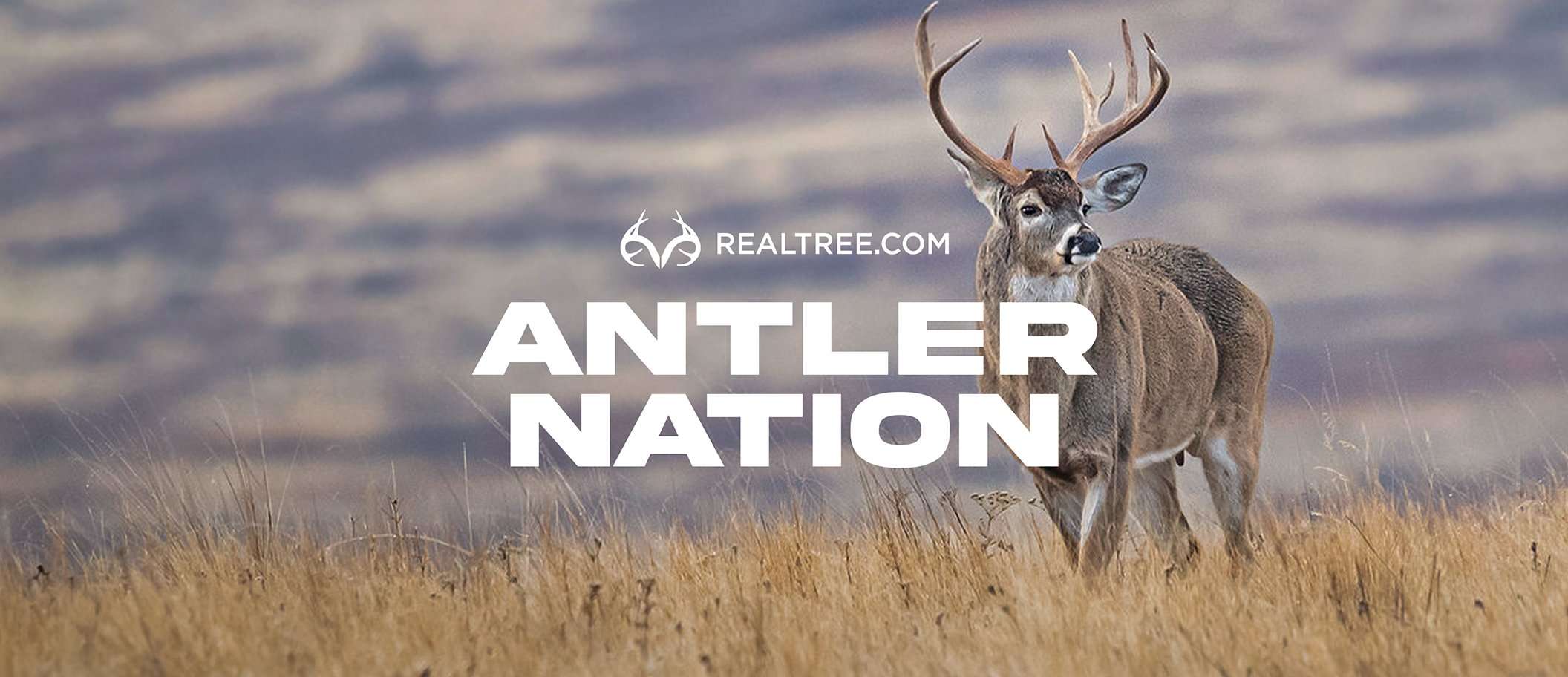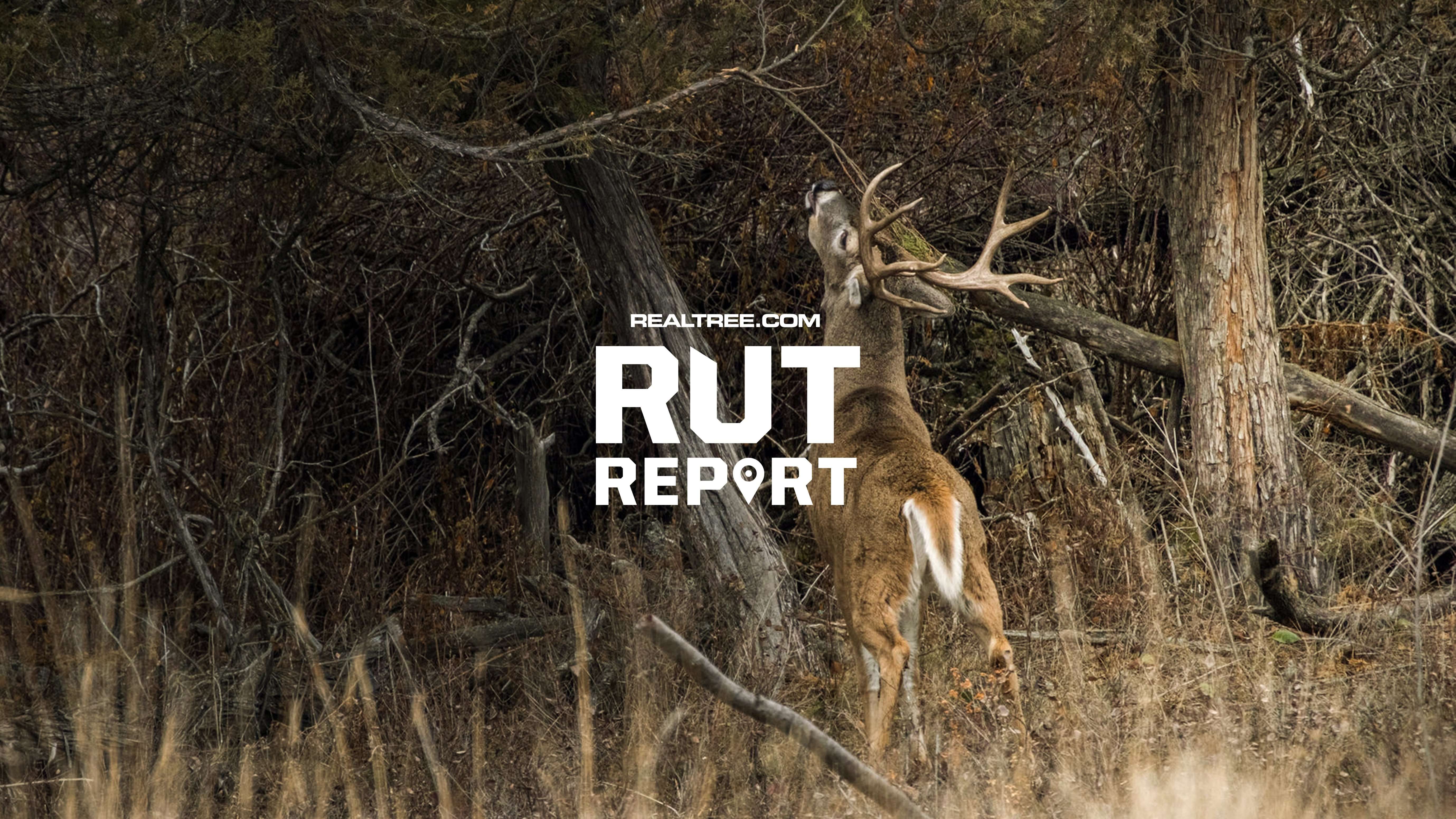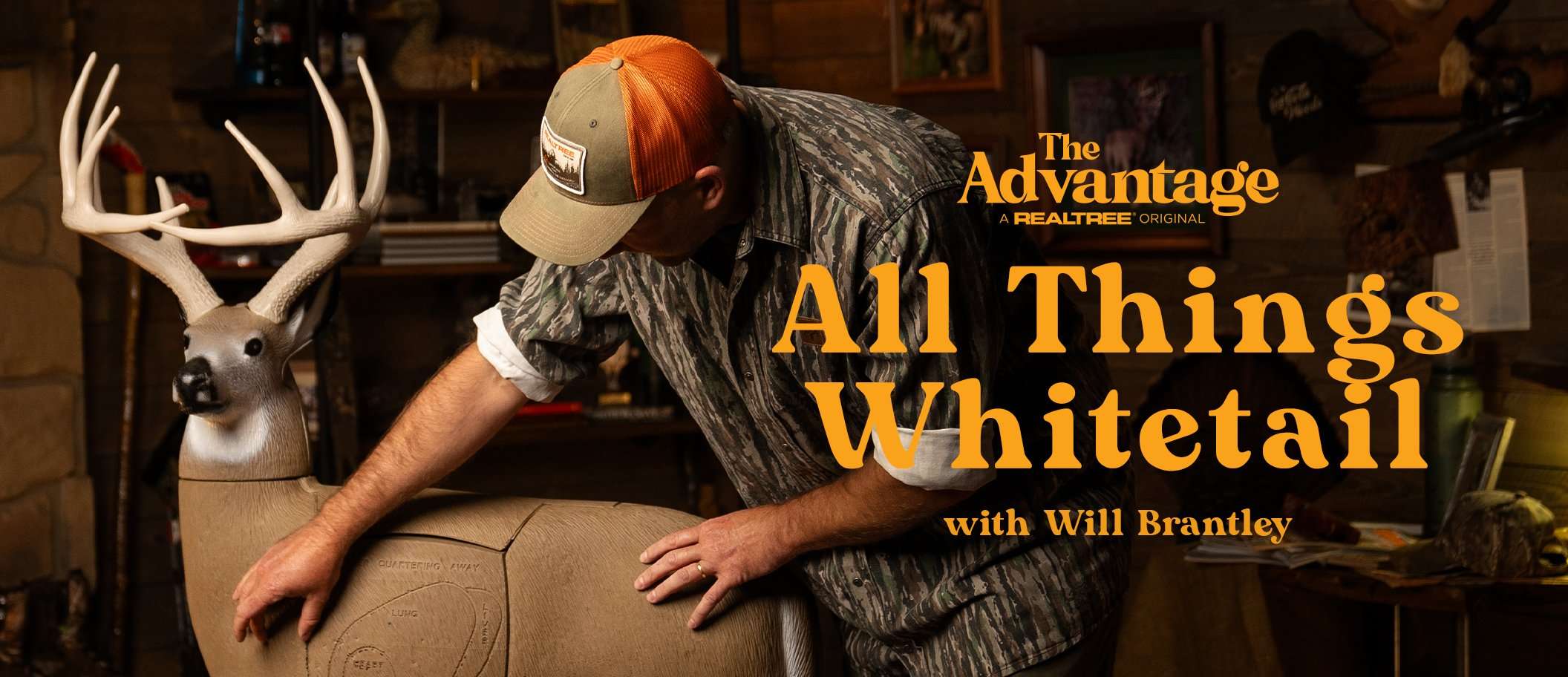A shed antler is a great find all by itself, but the size, shape, and structure of the antler can offer key intel about the deer hunting in your area
A shed whitetail antler is a treasure, which may explain why I sprinted toward a recently cast antler as if someone else might beat me to it, even though I was alone in the woods. Realizing what I had done, I felt a bit sheepish as I picked up the antler.
The shed’s long and massive beam, four points, and “kickers” on the G2 were impressive. Two steps away, I found the other antler, a rare matched set find! I held the antlers to approximate the inside spread, then guesstimated the gross B&C score to be in the high 160s.

Find a shed from a mature buck can be a good clue for locating his core area. Image by JasonYoder.
I dropped a pin where I had found the matched set, then turned the antlers so I could compare the pedicle where it had been attached to the skull. This is sometimes call the antler “seal” to the main beam just above the burr. The beam was a bit larger than the seal. No doubt the buck that had cast the antlers was mature. I noticed the seal was convex in shape, which according to certain research indicated the buck had been eating well and was healthy.
DON’T MISS: 11 Cool Facts About Shed Antlers
After recording the appropriate intel, I moved on to look for more sheds and found two more that afternoon. One was a forkhorn from a young buck, likely a yearling. The other had been cast by a 2- or 3-year old. The main beam just above the burr and the seal were the same size.
I found several sheds the next morning, mostly medium-aged bucks, judging by beams and seals that were roughly the same size. The other three were impressive sheds with beams larger than the seal, obviously cast by mature deer.
Back in camp I compared the new sheds to those found in previous years. Hopefully I could match some of the new sheds to antlers cast by the same buck, thereby determining if that individual buck’s antlers had increased in size. As a hunter and a wildlife biologist, I love hunting shed antlers and have learned much from those I’ve found.
Finding older sheds that have been chewed on by deer or cattle, as opposed to being gnawed on by rodents with small teeth, indicates a lack of calcium, phosphorus, and/or trace minerals in the local soils. Should you find antlers chewed on by large herbivores, consider establishing mineral licks, where legal, to correct these deficiencies.
Of course, finding freshly cast sheds also indicates that the buck survived the immediate past hunting season. Finding an antler shed by a mature buck provides a great clue on where to hunt him the following fall. He likely, although not always, lives in the immediate area. Over the years as a wildlife biologist, hunter, and guide, my clients or I have often taken a buck within 100 yards of where we found his sheds from the previous year. This has happened many times, particularly with older bucks with big antlers.
How can finding a shed help you determine a buck’s relative age? As mentioned previously, by comparing the size of the circumference of the main beam just above the burr to the antler seal, one can get a general idea of the buck’s age. Yearling bucks seldom have big antlers, but their attachment area or seal, while not large, is generally bigger than the main beam above the burr. Most 2- and 3-year old bucks, regardless of the overall size of the antler, have main beams that are the same size as the antler seal. Mature bucks — 4 years old and older — generally have large pedicle attachment areas or seals, and the main beam above the burr is even larger, especially if the buck is healthy and has been eating well. Post-mature bucks tend to have large antler seals and main beams that are generally smaller in size. Realize, these generalities are correct most of the time, but there are always exceptions.
Recent research suggests bucks that are healthy and consuming good groceries tend to have sheds with antler seals that are convex in shape. Bucks living on less than ideal diets or having health problems tend to drop antlers that have a flat or concave antler seal. Shed antlers truly are individually unique treasures. But, do not overlook learning from them. They just might be your key to harvesting a buck of a lifetime.












